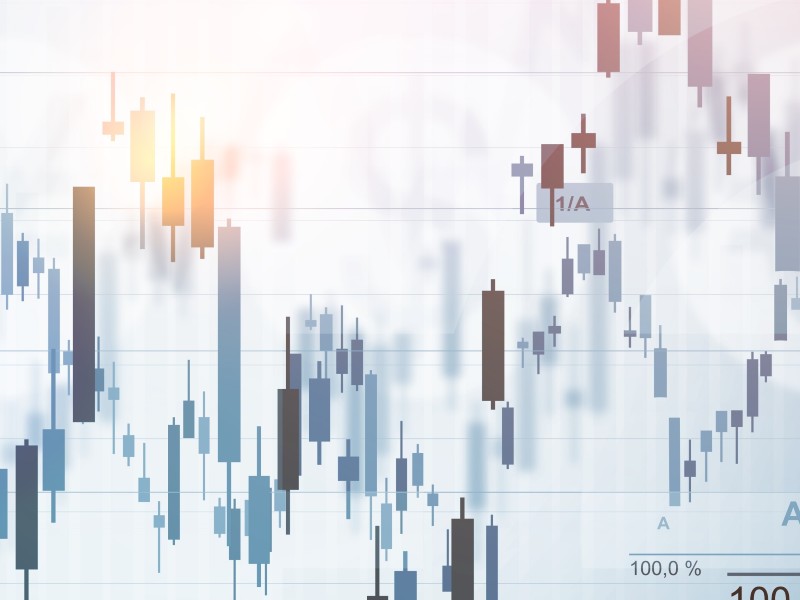
Satellite imagery from U.S. retailers’ parking lots can provide an edge to sophisticated investors, but this more expensive alternative data can leave individual investors outside the information loop and decrease liquidity, according to a new working paper by academics at the University of California Berkeley’s Haas School of Business and the University of Kentucky.
Looking at whether satellite imagery can predict stock prices, the researchers found earnings announcements are bigger when cars in store parking lots are increasing, says the Marcus Painter, a PhD candidate at the University of Kentucky and one the paper’s co-authors. “It’s a powerful predictor of firm performance.”
However, even though this is value-relevant information, the paper found these signals aren’t incorporated into stock prices before the public disclosure of retailer performance for the quarter, giving an advantage to those with access to the information.
The authors also considered what this means for market participants. “We share that more sophisticated investors — specifically we look at short traders who are short-selling on the lower end of the performance of this data — are the ones who are going to be benefitting when this data is released, and then on the other side are individual investors,” Painter says.
This makes sense because the data can be pricey and sophisticated investors are more likely to be able to afford it, he adds.
Using daily stock loan demand data from a propriety vendor, the paper found evidence of informed short-selling activity. “Focusing on retailers with abnormal decreases in parking lot fill rates, we document a significant increase in the lender quantity on loan; that is, the quantity of stock from the lendable quantity that has already been lent, starting five trading days prior [to] the earnings announcement for the quarter,” the paper said. “Notwithstanding evidence of informed short selling, Main Street investors cannot ‘piggyback’ on the information of short sellers. This is because securities lending operates as an [over-the-counter] market and the general investment community can observe short interest data only twice per month and only with a significant delay.”
The paper’s authors then considered what this information asymmetry means for stock liquidity. “Our evidence of a decrease in liquidity after the introduction of satellite imagery for the treated group of retailers with satellite coverage is consistent with prior theory and evidence that stock liquidity decreases when information asymmetry across investors increases,” the paper said.
There’s an open question on whether or not there should be regulation to level the playing field for alternative data or if the market should be allowed to play out, Painter says. “One thing I would note is this isn’t the first time that data has only been available to one party. What typically happens is the data, just over time, it becomes cheaper to get access to.”
